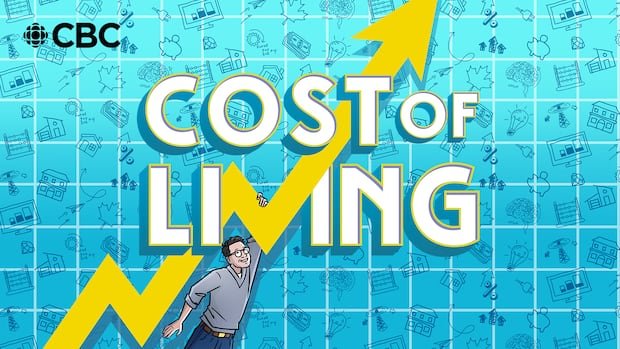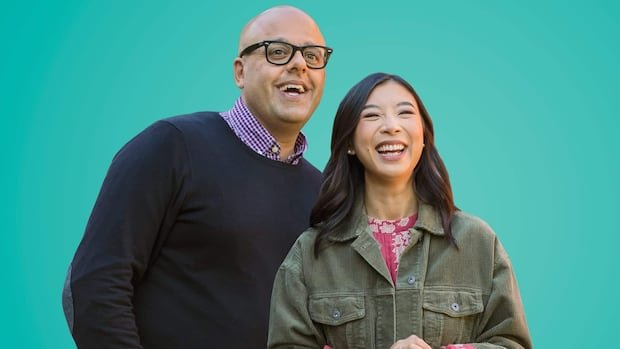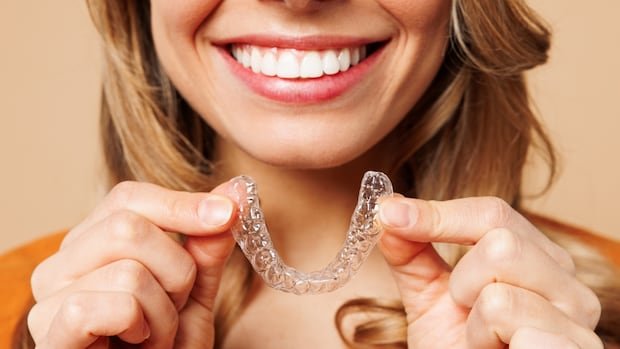
Gone are the days when a flashy car symbolized a mid-life crisis. As producer Danielle Nerman discovered, an increasing number of Canadians are opting for orthodontic treatment to mark their middle age.
Nathan Pylypuk, at 45 years old, found himself embarking on a surprising journey by getting braces, a milestone usually associated with adolescents, more than a year ago.
Expressing initial apprehension about sporting braces in his forties, Pylypuk, residing in Regina, is part of a growing trend.
A recent survey conducted in 2025 by the American Association of Orthodontists (AAO) reveals a record high number of individuals undergoing orthodontic treatment in the U.S. and Canada, with a notable increase in adult patients.
The AAO estimates that 2.37 million American adults are currently undergoing orthodontic treatment, signifying a substantial rise from previous years.
LISTEN | Discover the latest dental trends trending on TikTok:

Social media platforms, particularly TikTok, have become a hub for dental-related trends. From mouth taping to tongue scraping, various oral health practices are gaining popularity. Dr. John Tran, a Calgary-based dentist and vice-president of the Alberta Dental Association, sheds light on the impact of these viral trends.
In Canada, the surge in adult orthodontic cases is evident, with dental support organization 123Dentist reporting a 125% rise in adult Invisalign treatments between 2019 and 2024.
According to 123Dentist, the cost of orthodontic treatment, encompassing braces and clear aligners, typically ranges from $5,500 to $10,000, depending on the complexity and provider.
What’s driving the increase in adult orthodontic treatment?
Dr. Cory Liss, an orthodontist based in Calgary, highlights that many parents, initially seeking treatment for their children, are opting for orthodontic care themselves, attracted by the simplified treatment process.
The availability and popularity of clear aligners like Invisalign have revolutionized the orthodontic landscape for adults, offering simpler alternatives to traditional braces.
Dr. Liliya MacKenzie, an orthodontist in New Brunswick, concurs, noting that traditional braces often deterred adults due to appearance and discomfort concerns.
Moreover, MacKenzie attributes the mid-life pursuit of orthodontic treatment to improved financial circumstances, as adults can now afford treatments they couldn’t access


